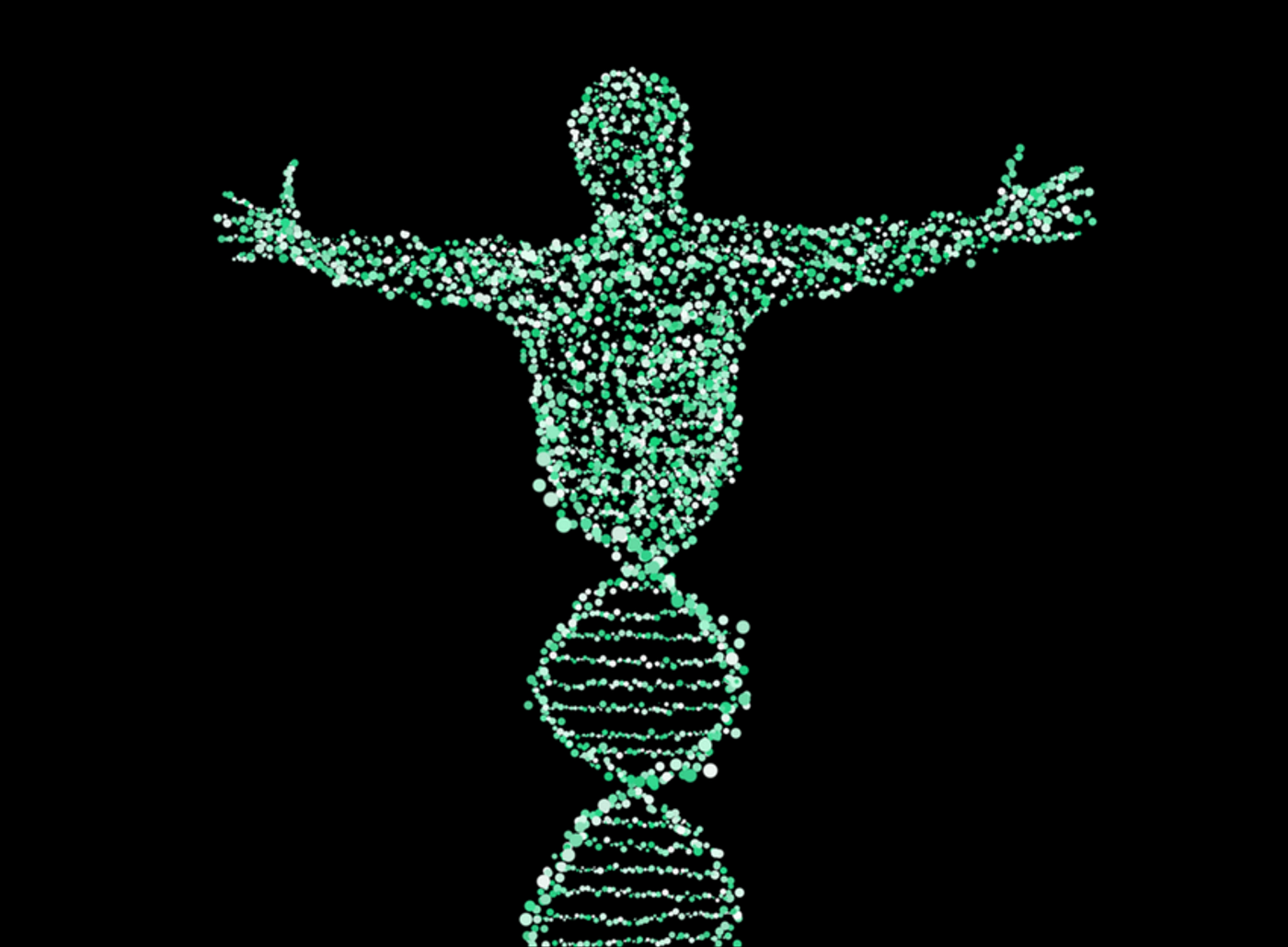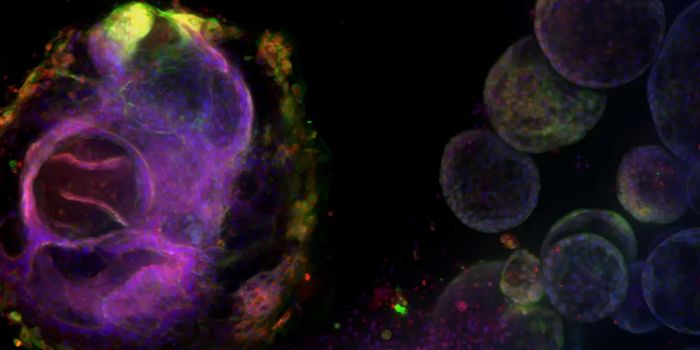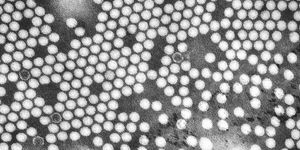Five "-omics" Fields Introduced
In this era of precision medicine, more and more data is helping to inform our knowledge of disease development, processes involved in disease progression, and defines areas of research for disease eradication. There are multiple fields of study that have come about as a result of technological and knowledge advancement to help pave the way for better health outcomes. Here are the big five “omics” fields very broadly introduced.
Genomics – Field of science focused on the structure, function, evolution, mapping, and editing of genomes.
Often, this field of study is incorrectly confused or combined with genetics; genomics is related but distinctly different from genetics. Both are associated with DNA and genes; however, the field of genetics focuses on heredity and the composition of DNA itself as well as heredity of individual genes. Genomics broadly looks at all genes and the way genes interact with one another to influence physiological processes within an organism. Specific changes in a single gene, for example in sickle cell anemia, constitute predictable inheritance patterns which are studied within the field of genetics. With additional information regarding the genome as a whole (Human Genome Project), we now know there is significant interplay between multiple genes acting together along with the environment to affect aspects of development, diseases including cancer, and other pressing health concerns.
Transcriptomics – study of the transcriptome which is includes all RNA transcripts produced by the genome under specific circumstances or by cell type and differences in mRNA expression.
The study of the transcriptome began in the early 1990s; since then, technological advances have allowed this particular field of study to expand at a very rapid pace. The ability to measure gene expression within specific tissues, under certain conditions, and at variable time points can provide rich information for genetic regulation, biology, and cellular physiology of that given organism. As a field, it contributes to human understanding of disease, both in development and eradication. One of the key pieces to this area of study is the ability to store the resulting data in a manageable and meaningful way. Analysis techniques used in transcriptomics initially began with Sanger sequencing and serial analysis of gene expression. Modern techniques have dramatically affected the efficiency of analysis through use of microarrays, RNA-Seq, and massively parallel signature sequencing.
Proteomics – Study of proteins and techniques used in their analysis and determination.
Proteomics can be specific to a certain species, an organ, or used very broadly as a field of study. The proteome can be different in each cell and can change over time. The proteome is associated with the transcriptome because the result of the transcriptome is the proteome. However, there are additional complex factors at play within the proteome in addition to RNA expression. This field of study looks at when and in what environment proteins are expressed as well as the process of protein production and breakdown. Additionally, those in this area of study are interested in the movement of proteins within the body (or organism) and how proteins are involved in physiological pathways or processes. Another area included within this field are the techniques involved in identifying and classifying proteins, especially mass spectrometry and differential in-gel electrophoresis, which are most common.
Epigenomics – The study of epigenetic modifications across the genome
The epigenome could be likened to a switchboard that helps direct communication to the right processes at the appropriate time to be most useful. Similar to a theater cue master file, certain performances call for certain lighting or sound cues as identified in that master file. A new file is used for each individual play or performance depending on the action, type of production, actors involved, etc. Epigenetic actors within the body are chemical compounds that modify DNA to direct protein production and gene expression. Sometimes, epigenetic compounds are called “markers” on the genome because they don’t alter the DNA sequence, but rather highlight areas that should or should not be transcribed. These alterations can be permanent for some genes, while other modifications are temporary based on cellular environment and physiological processes. Additionally, epigenetic marks can be passed from generation to generation making some patterns very unique to certain individuals. Types of modification include DNA methylation, which just means methyl groups are added to the bases within DNA to mark them as “on” or “off”. The other known epigenetic marker is histone modification which affects the way DNA is packaged within the nucleus. DNA is wrapped around histones as part of the process of condensing (into a chromosome); histone modification occurs whereby areas of DNA are “hidden” and histones are marked as “on” or “off” within that particular cell.
Metabolomics – study of metabolites in the body within cells, fluids, tissues, or organisms.
Metabolomics includes in its field of study the evaluation of substrates and metabolic products as influenced by genetic and environmental factors. Upon analysis, metabolite concentration can be a key indicator of biochemical processes in action within the body. Specifically, this area of study involves evaluation and analysis of organic low molecular weight compounds including, but not limited to, sugars, lipids, amino acids, fatty acids, phenolic compounds, and others. Think of these as biological building blocks used, recycled, and reused as part of our normal physiology.
Sources: Journal of Molecular Biology, European Bioinformatics Institute, NIH – National Human Genome Research Institute, Computational Biology, Science China Life Sciences, World Health Organization,









